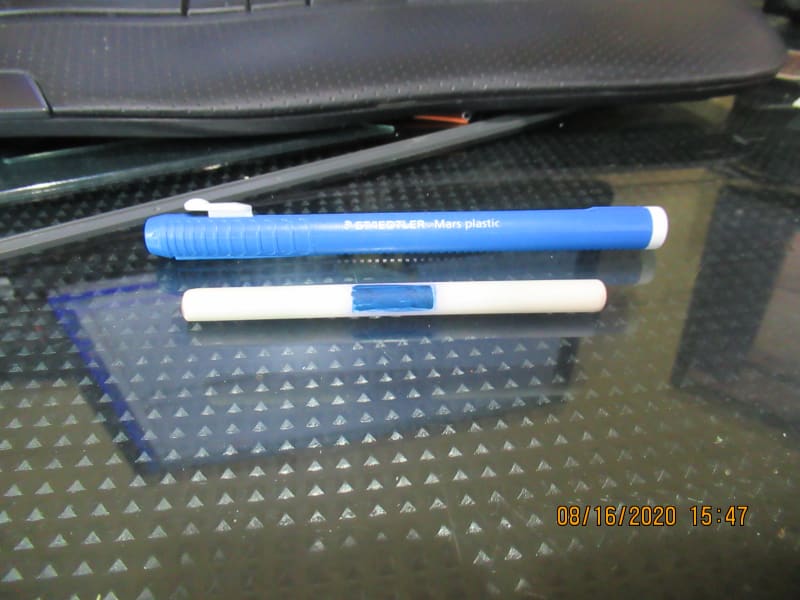Hello Everyone -
I am an electrical engineer teaching high school Structural Engineering to Jr/Sr boys. Not all of them will be technical. I am really interested in what topics should/should not be included in the course. This is an exposure course that complements our Architecture class. We want to develop their interest in engineering and not overwhelm them.
Science: Physics-forces, moments, static equilibrium, Center of Mass, stability. Materials: stress, strain, strength, Young's Modulus, focus on steel, concrete, wood
Technology: Construction of houses: foundation, walls, flooring, trusses, etc. Lots of case studies and failures.
Engineering: Dead Loads, Live Loads, Snow, Wind, Earthquake, Structural Analysis and build of - beam, column, truss, bridge, tower. Stress/Strain/Shear/Moment/Deflection. Safety Factor
Mathematics: Nothing past Trigonometry and Logarithms
Previous Design/Building Projects: 1.) 20' diameter Geodesic dome (PVC), 2.) 16'x16' standalone wood deck.
Software: Using Fusion 360 (free, works on Mac) ... easy simulation of designs. Other free easy software suggestions?
Thanks in advance for your assistance!
Bob
I am an electrical engineer teaching high school Structural Engineering to Jr/Sr boys. Not all of them will be technical. I am really interested in what topics should/should not be included in the course. This is an exposure course that complements our Architecture class. We want to develop their interest in engineering and not overwhelm them.
Science: Physics-forces, moments, static equilibrium, Center of Mass, stability. Materials: stress, strain, strength, Young's Modulus, focus on steel, concrete, wood
Technology: Construction of houses: foundation, walls, flooring, trusses, etc. Lots of case studies and failures.
Engineering: Dead Loads, Live Loads, Snow, Wind, Earthquake, Structural Analysis and build of - beam, column, truss, bridge, tower. Stress/Strain/Shear/Moment/Deflection. Safety Factor
Mathematics: Nothing past Trigonometry and Logarithms
Previous Design/Building Projects: 1.) 20' diameter Geodesic dome (PVC), 2.) 16'x16' standalone wood deck.
Software: Using Fusion 360 (free, works on Mac) ... easy simulation of designs. Other free easy software suggestions?
Thanks in advance for your assistance!
Bob

![[wink] [wink] [wink]](/data/assets/smilies/wink.gif)
